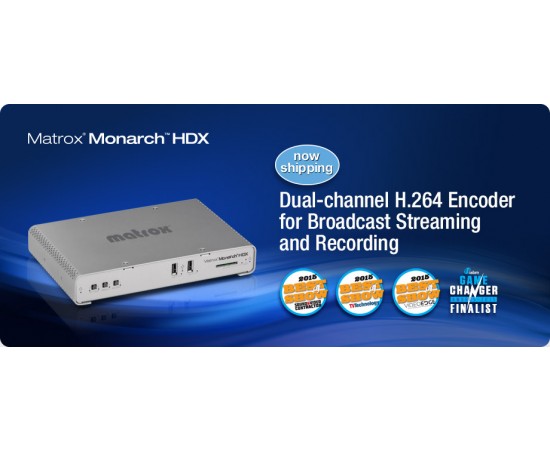One to Many: Streaming Live Video to Multiple Platforms
By Jim Bask

As recently as two or three years ago, most live streams were distributed by a single service provider like Livestream or Ustream, whether on a page on their websites, via an embedded player on your website, or both. With the rise of YouTube Live, Periscope, and particularly Facebook Live, the focus has changed from publishing to a single platform to getting your video on every platform possible. As with all things streaming video related, there are multiple ways to get this done. This article will cover the most prominent alternatives.
One great thing about most alternatives is that you don’t have to be a technology guru to use them. Understand a few key concepts that I’ll cover at the start, and you’ll be well on your way to becoming a multiple-platform streaming maven.
Before we jump in, note that the companies discussed below are meant to be a representative sampling, not an exhaustive list. As you’ll see, many of the products and services are ones I’ve reviewed or discussed in the past. If you feel like your product or service should have been included, feel free to add it via comment below.
Technology Backgrounder
The first point to understand is that from an encoder interface perspective, there are two ways to connect to services like Facebook Live and YouTube Live: via platform-specific presets or via generic configurable destinations. With most of the products or services that we’ll discuss, if you’re using a platform-specific preset, you choose the preset, log in to the service, and your encoding tool and platform shake hands and exchange all required information.
If you’re using a generic destination or preset, you’ll have to provide the same information manually, which I show how to do in Figure 1. On the right is the server URL and stream key information provided by Facebook Live; on the left are the corresponding input fields from a generic destination provided by livestreaming service provider Livestream. By way of background, real-time messaging protocol (RTMP), originally developed by Adobe, is the common language spoken by all live-streaming encoding tools and live-streaming services. If you must create a custom preset, you’ll have to dig around in your streaming service to find these parameters, then copy and paste them into the encoder setup screen. Easy-peasy…[continue reading]

